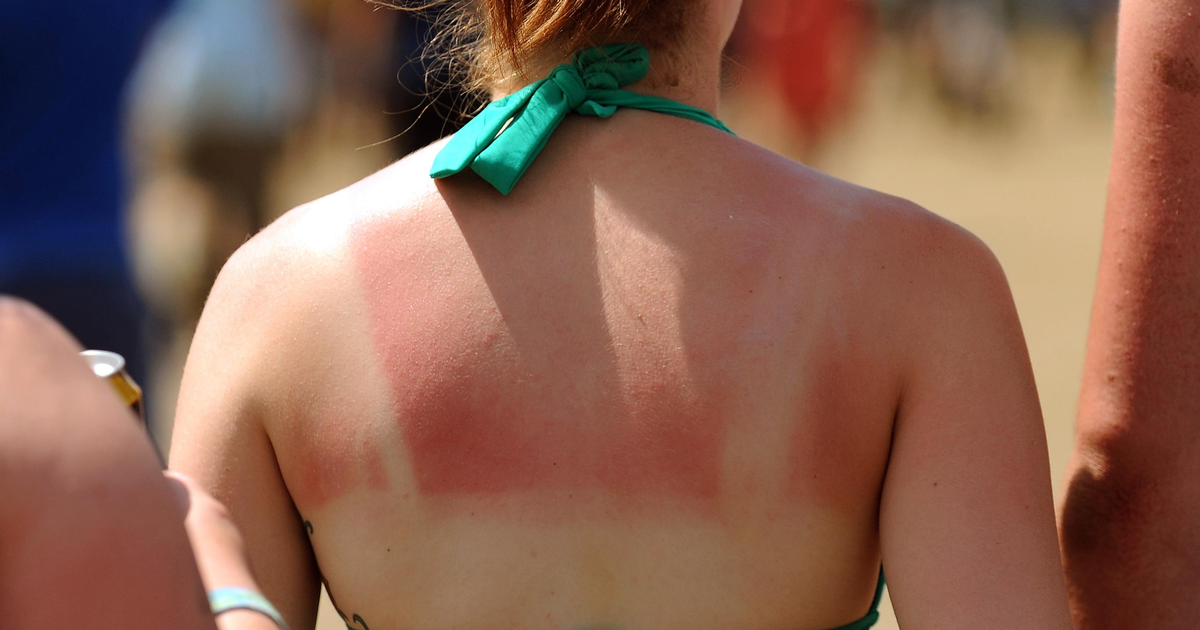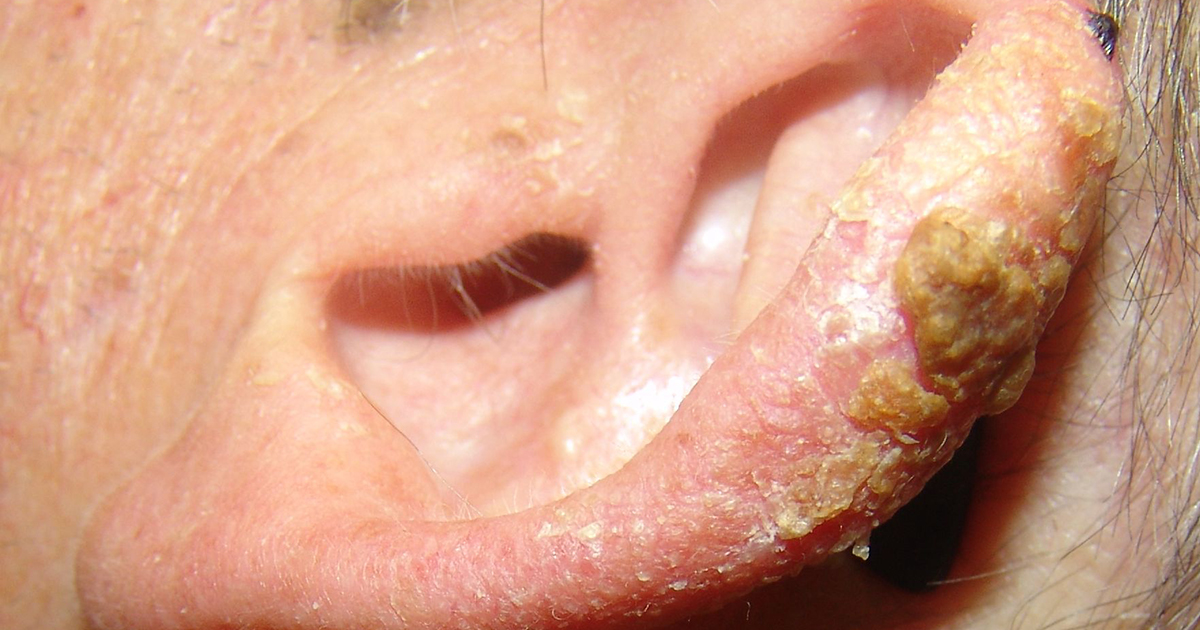Causes & Risk Factors Of Squamous Cell Carcinoma
History Of Sunburns

Sun exposure in early life or a history of sunburns can increase an individual's risk of developing squamous cell carcinoma as an adult. Sunburns in adulthood are also a risk factor for SCC. A cancer study published in Cancer Epidemiology, Biomarkers & Prevention detailed the dangers of repeated occurrences of sunburn. The subjects were Caucasian women who experienced chronic sun exposure for hours at a time during their teen years.
Participants had at least five occurrences of severe sunburn from ages fifteen to twenty and had a sixty-eight percent increase in their risk for squamous cell carcinoma. The women exposed to the greatest cumulative amounts of ultraviolet radiation in their teen and adult years had a substantially increased risk for developing squamous cell carcinoma.
Actinic Keratosis

Actinic keratosis is a pre-cancerous scaly, rough patch on an individual's skin that forms after long-term exposure to the ultraviolet rays of the sun. Anyone who has actinic keratosis is at an increased risk of developing squamous cell carcinoma. Most affected individuals experience the appearance of an actinic keratosis after they reach forty years old because these skin patches take several years to form. The most common places on the body to find actinic keratosis is the face, ears, forearms, neck, lips, back of the hands, and scalp.
Some of these skin patches can be hard and wart-like. They can be a raised bump or flat on the top layer of the skin. These spots can be colored brown, pink, or red. One of these patches typically measures under an inch in diameter and may cause a burning or itching sensation in the affected region. Between two and ten percent of all actinic keratoses that go untreated will progress to squamous cell carcinoma. It is estimated between forty and sixty percent of all squamous cell carcinomas originated from actinic keratoses.
